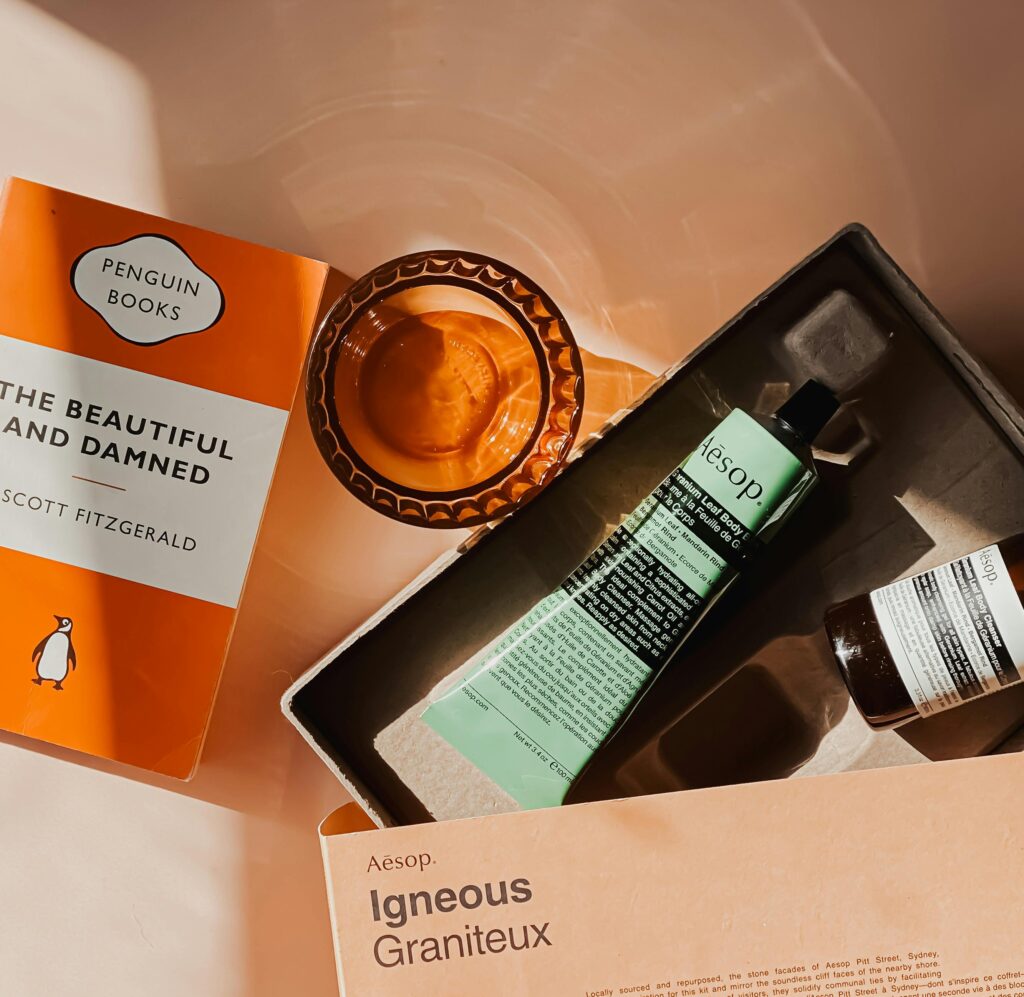Brand awareness plays a crucial role in achieving long-term marketing success as establishing a strong brand presence makes a company’s products or services recognisable to consumers. Studies show that up to 82% of online consumers prefer brands they are familiar with, highlighting that brand recognition is key for gaining a competitive edge and fostering brand loyalty.
Insights into brand awareness can explain consumer behaviour and help marketers plan their campaigns more effectively. However, measuring brand awareness can be complex. The nonlinear nature of the consumer journey means that there are several stages between awareness and decision throughout the path to purchase. For example, a consumer might first encounter a brand’s Instagram account through an awareness campaign, visit its website the following week, and make a purchase the next month.
While these actions are interconnected, they may not appear so. The Harvard Business Review confirms this complexity, finding that 73% of consumers use more than one channel whilst making a purchase online.
Evidently, quantifying brand awareness is challenging. So, how can marketers accurately measure it?
TOPLINE BRAND AWARENESS METRICS
Digital marketers typically use key quantitative metrics to measure brand awareness, including website clicks, social media engagement and search volume (Google Ads, Trends, etc).
Social media engagement and brand awareness
Social media engagement can be analysed in various ways. While some brands assess how their follower count has increased over time to gauge new customer reach, others will use engagement rate to measure genuine interest in the brand. Metrics such as likes, comments and shares can provide such insights.
Impressions can also show how many people are viewing your content. Comparing impressions with engagement rate can reveal gaps in your awareness strategy or highlight underperforming content. Various social media analytics tools, such as HubSpot, can assist in gathering this data.
When a brand advertises on a partner channel, such as through an influencer’s social media accounts, the data might be harder to gather, so they often set KPIs for these metrics. The brand might also use affiliate links to measure click-through rates from the partner channel to its site, or request access/reporting across various metrics to help benchmark vs owned data.
Search volume and brand awareness
Companies use tools such as Google Ads and Google Analytics to track search terms and keywords related to their products and brand.
A key metric for brand awareness is branded search volume. This data is crucial for analysing brand visibility and market share, as it indicates how many people are looking for the brand directly, not just its services.
This information can help digital marketers guide SEO strategies and ensure that they rank for relevant search terms and are visible to potential customers. Comparing search terms before and after a product launch campaign can help indicate interest growth.
Website traffic and brand awareness
Every new visitor to your website represents a new exposure to your brand and brand awareness increases with each click garnered. Brands use pay-per-click (PPC) to traffic for new users across Google Ads, Google Shopping, Microsoft Ads, etc, the non-brand traffic that is driven exposes your brand to users when they are searching Google/browsing partner sites.
Within these platforms you can track clicks, impressions, cost, etc, and if you are running branded search campaigns you can track the ebbs and flows, however, it’s also useful to keep a close eye on your analytics platform/s to observe direct traffic (when a user either types your URL directly into the browser/through a bookmark) as this will show how many users are coming back directly.
Measuring branded organic traffic (via analytics and/or Google Search Console) is key in monitoring awareness, identify your branded queries and create segments, custom reports, API exports, etc to monitor how your branded queries change and the impact your campaigns have pre- and post-launch using detailed reporting. There are also third party benchmarking tools that help give a view of your performance in comparison to competitors, verticals, industries and more, examples include; Ahrefs and SEMrush.
CONSUMER FEEDBACK
Consumer feedback offers direct insight into how a brand is perceived and recognised, and enables digital marketers to identify gaps in brand awareness and evaluate the success of their campaigns.
Brand awareness surveys
A SEMrush report found that brand awareness surveys provides tangible metrics you can use to improve brand exposure. These are highly effective for measuring brand awareness among a target audience and the wider public. Strong brand recognition indicates effective marketing, while low recognition suggests that a new approach is needed.
These surveys can test various elements of brand awareness, such as:
- Understanding: Does your target audience understand your brand, products, services or ethos?
- Brand Recall: Can respondents remember brand names and products aligned with awareness campaigns?
- Unprompted vs prompted awareness: Do people name your brand without prompting or recognise it from a list?
Social listening
Social listening is another simple way to benchmark your brand awareness against competitors. Look into brand name mentions to see if people are talking about you. Check social media, comments, and any earned media or press coverage. Digital marketers can even check referral traffic stats and trace their backlinks to see where brand mentions are coming from using tools such as Google Alerts.
COMPETITOR BENCHMARKING
Competitor benchmarking involves analysing how well a brand stacks up against its competitors. It’s a popular strategy, with around 90% of Fortune 500 companies relying on competitive analysis.
Digital marketers use both quantitative and qualitative methods for competitor benchmarking. Surveys are one effective method. By asking questions that provide insights into competitors’ brand awareness, marketers can gain insights to stay ahead.
Questions can be open-ended (such as “Which brands are associated with sustainability?”) or closed (such as “Do you associate competitor X with sustainability?”). However, surveying too early in a brand campaign may not be ideal; it’s thought that it can take up to seven impressions of a brand for it to start to ‘settle’ in consumer minds.
As mentioned, Google Trends competitive analysis tool is also useful for measuring brand awareness. It crawls the web for brand mentions, providing marketers with data on whether they are increasing or decreasing over time, and benchmarking these findings against competitors.
TOOLS YOU CAN USE TO MEASURE BRAND AWARENESS
Some of the best tools you can use right now to measure your brand awareness include:
- Google Trends: Measure your online mentions and compare them to others.
- Google Search Console: See which organic queries bring users to your site.
- Ahrefs Keyword Explorer: Measure which brand-related keywords are ranking highly.
- Google Analytics: Track your traffic and where your clicks come from.
- Mailchimp: Design and send surveys in bulk.
- Mention.com: Conduct social listening across social media.
Turning data into actionable strategies
Consider an example of a successful brand awareness campaign. Dropbox’s referral programme incentivises its customers to promote its product organically by offering storage incentives to those customers who refer friends. This facilitated positive brand promotion, gained the company earned media, and increased brand awareness across new audiences.
This is just one example and Dropbox are a multi-billion dollar business, however, you can apply the same principles for your brand, whatever the size. When you acquire new customers for your ecommerce site, you could test running a referral programme and monitor your direct traffic, you could launch a PR campaign for a new service for your B2B business and then use Google Analytics, Trends, Ahrefs (and more) to track the impact this has on your brand demand.
What remains consistent (whatever the budget) is the requirement to plan ahead and set KPIs, pull this data into a centralised report and ensure you have complete clarity over what you are activating and when. Avoid pushing multiple campaigns live at once if you are wanting to test brand uplift in isolation, for example, if you go live with a TikTok brand takeover whilst also activating OOH, you may find it difficult to drill down to exactly which channel had the biggest impact.
FINAL THOUGHTS
Brand marketing is an important element of any marketing strategy, and by using a combination of strategies and measurement tools, brands can increase their appeal, drive loyalty and ensure a steady flow of custom into their business.
With more than a third of marketers increasing their brand marketing investments in 2024 compared to 2023, it’s clear companies are seeking to build more resilient brands against rising inflation, economic uncertainty and a changing consumer landscape. Now is certainly the time to consider investing more of your marketing budget into long-term appeal.


